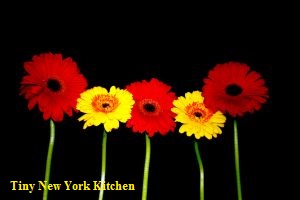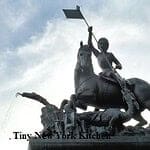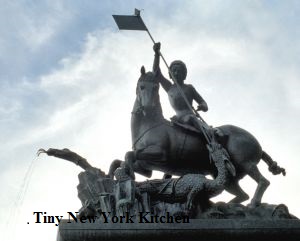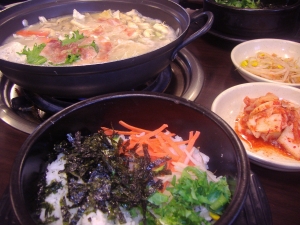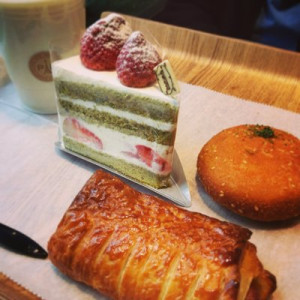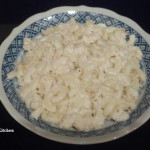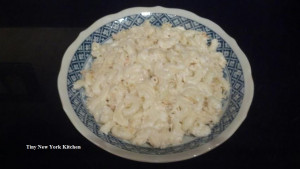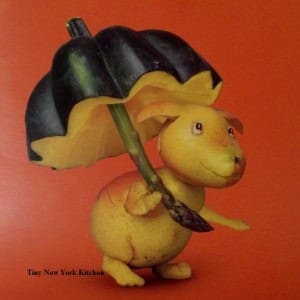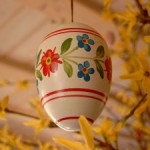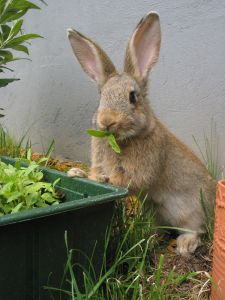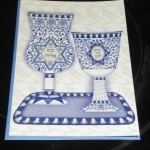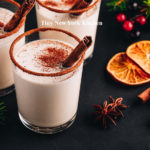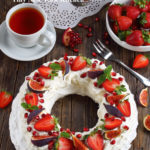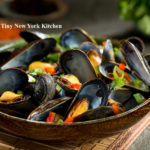Put mom in a good mood this Sunday and make Mother’s Day a special day with a memorable brunch. When my children were younger they often made me breakfast in bed for Mother’s Day. They made me promise to stay in bed propped up on pillows while they wobbled trays of pancakes, sausage, fresh juice and chopped fruit to my bed. These breakfasts made by little hands were so sweet. They were so proud of themselves that they would hop up on my bed all smiles asking if they each could have a sausage or piece of bacon. Before I knew it they would eat my entire “breakfast in bed.”
Eggs Benedict
Mother’s Day Scramble
Eggs Florentine With Waffles & Hollandaise
Pecan Pancakes
Lemon Curd French Toast
Melon Balls
Mixed Berries With Crème Fraiche
Raspberry Parfaits With Yogurt & Granola
Cherry Pecan Scones
Cherry Almond Quick Bread
Roasted Tomatoes
Hash Browns With Fresh Chives
Sweet Potato Hash Browns
Smoked Sausage
Smoked Bacon
Smoked Salmon
Freshly Brewed Coffee or Tea
Fresh Squeezed OJ
Fresh Squeezed Grapefruit Juice
Mother’s Day Mimosas
Citrus Spritzers
Bloody Marys
April 23rd is the Feast of Saint George. For all of his popularity little is known about Saint George except that he was born in Cappadocia (Turkey), that he was a soldier and suffered martyrdom. The crusaders brought his fame to the West. He is the patron saint of England, Aragon, Portugal and certain parts of Germany. Before the Conquest many English churches had been named after Saint George and the story of his brave deeds were revered everywhere.
Saint George’s best known deed is legendary. Legend has it that he slayed a horrible dragon in order to save a maiden who had been vowed to a monster. The story goes that Saint George transfixed the dragon with a spear and then told the maiden to lead the monster around so that he could put an end to him. St. George was very well known by that time as a man of God and a confessor of His works. Apparently, after witnessing the miraculous slaying of the dragon, 20,000 people were converted to Christ. The king begged St. George stay in exchange for half of the kingdom. St. George refused the offer because he wanted to ride on and carry God’s message.
Saint George is especially honored in England as its great patron. Flags are flown on this feast day, but in earlier times this feast day was filled with more elaborate celebrations (processions, jousts & races). The dishes served on this day should be English favorites such as roast beef and Yorkshire pudding.
In Allier, a winegrowing region of France, there is an interesting observance of Saint George’s Day. If frost has not harmed the vines by this day then a clean, soft little towel is offered to the statue of the saint and his feet are washed in wine. There will be shouts of “Vive Monsieur Saint Georges.” If frost has harmed the vines, however, Saint George is not very popular and though his feet are still washed a rough, coarse cloth is used.
Forget that horrible box stuff and make your own delicious Mac & Cheese. Here is a different spin on the usual cheddar cheese macaroni & cheese dish. Using the brie, cream cheese and mascarpone makes it nice and creamy. I used macaroni pasta here, but you can use pasta shells or farfalle pasta.
INGREDNTS
2 Tablespoons Unsalted Butter
1/2 Teaspoon Kosher Salt
12 Ounces of Farfelle or Macaroni Pasta or Shells
7 Ounces Brie (Rind Removed) Cut Into Chunks
5 Ounces Cream Cheese Softened & Cubed
3 Large Eggs Lightly Beaten
1 Cup Mascarpone Cheese
1 Cup Grated Parmigiano Reggiano Cheese
3/4 Teaspoon Black Pepper
1/4 Teaspoon Finely Grated Nutmeg
Heat your oven to 375º F. Butter a 2 quart gratin dish. Bring a large pot of heavily salted water to a boil. Cook pasta to al dente and then drain well. DO NOT rinse the pasta. Transfer the hot pasta to a large bowl and toss immediately with Brie and cream cheese until melted and smooth. In a separate bowl, whisk together the eggs, mascarpone and Parmigiano. Stir the egg mixture into pasta. Season with the kosher salt, pepper and nutmeg. Place the pasta into the prepared baking dish. Bake for 30 minutes. Remove from the oven and serve immediately. Serves 6
Easter celebrates the resurrection of Jesus, but is also associated with popular symbols such as eggs, candy, bunnies and food. Here is a look at the origins of these beloved symbols.
The Easter Lily
The white blossoms of the lily symbolizes the purity of Jesus. The trumpet-shaped flower that blooms in the spring also symbolizes new life and the resurrection of Jesus Christ. People use the flower to celebrate and enjoy the very essence of the Easter season.
Hot Cross Buns
A favorite during spring and the Easter season. Hot cross buns are a sweet, yeast leavened, spiced roll made with currants or raisins. They have long been a symbol of Good Friday. Each bun has an icing cross on top to signify the crucifixion.
The Butterfly
The butterfly’s unique life cycle is meant to symbolize the life of Jesus Christ. The first stage, the caterpillar, stands for his life on Earth. The cocoon stage portrays the crucifixion and the burial of Jesus. The final stage, the colorful butterfly, represents Jesus rising from the dead and the resurrection.
Easter Baskets
In Germany, children made nests in which the “Osterhase” or Easter Bunny could lay his colored eggs. The nests were replaced with baskets once the tradition was brought to the United States and the Easter contents were expanded to include candy and other treats.
Easter Ham
In the United States ham has become a traditional Easter dish. In the early days, meat was slaughtered in the fall. There was no refrigeration so the fresh pork that wasn’t consumed during the winter was cured for spring. This made ham a natural choice for the celebratory Easter dinner.
Easter Egg Hunts & Rolls
The first official White House egg roll took place in 1878 under the presidency of Rutherford Hayes. Egg hunts and rolls have no religious connection, but some will point out that the roll is a symbolic act for the removal of the stone blocking Jesus’ tomb.
Easter Parade
The origin of Easter parades dates back to the mid-1800’s in New York City. The wealthy used Easter as an opportunity to show off their new spring wardrobe by walking up and down Fifth Avenue after church. Soon the less fortunate started showing up to watch the spectacle and a tradition was born.
Easter Candy
Second only to Halloween in candy sales, Easter is a holiday for children and adults with a serious sweet tooth. Chocolate eggs and candy shaped like bunnies or eggs are extremely popular. Also, jelly beans are often associated with the holiday due to their egg-like shape.
The Egg
Easter eggs are likely linked to pagan traditions, but eggs have long been used to celebrate spring and the idea of renewal. It’s not unusual that in almost all ancient cultures, eggs are held as a symbol of life. At the Passover Seder, a hardboiled egg dipped in salt water symbolizes both new life and the Passover sacrifice offered at the Temple of Jerusalem.
The Easter Bunny
The cute furry creature is certainly not mentioned in the Bible, but has nonetheless become the most well-known symbol for the spring holiday. The Easter Bunny’s origins are not entirely known, but some stories date his arrival in the United States back to the 1700’s when German immigrants brought their tradition of an egg laying hare called “Osterhase” to the country. Much like children leave cookies for Santa, boys and girls leave carrots out for the Easter Bunny in case he got tired from hopping around all night.


